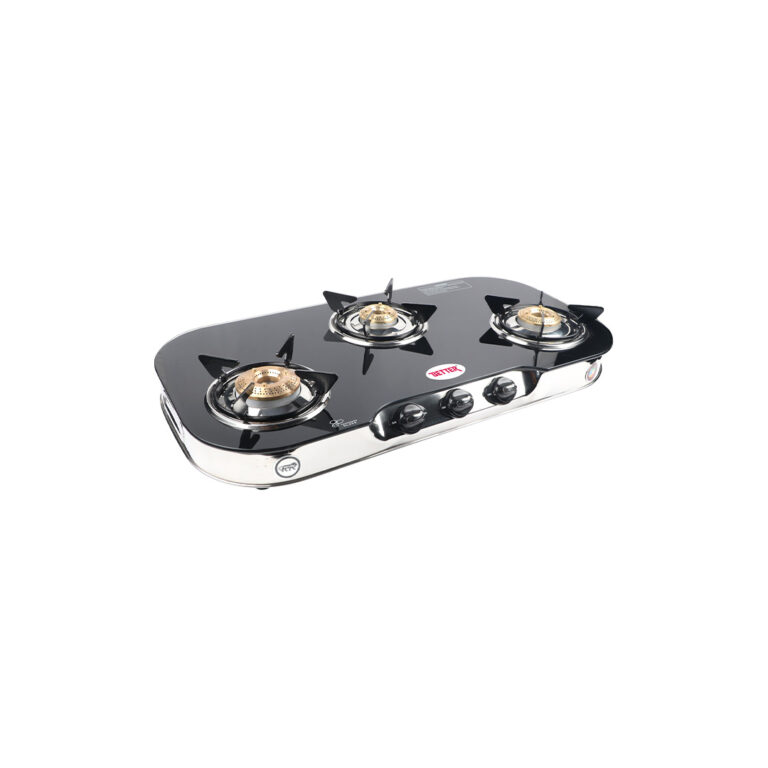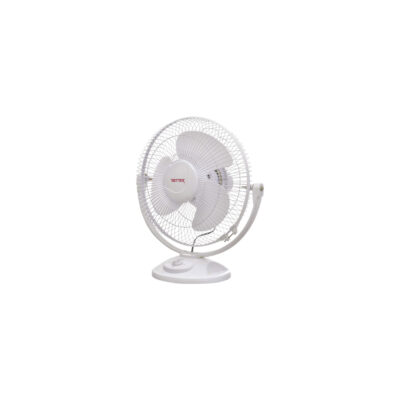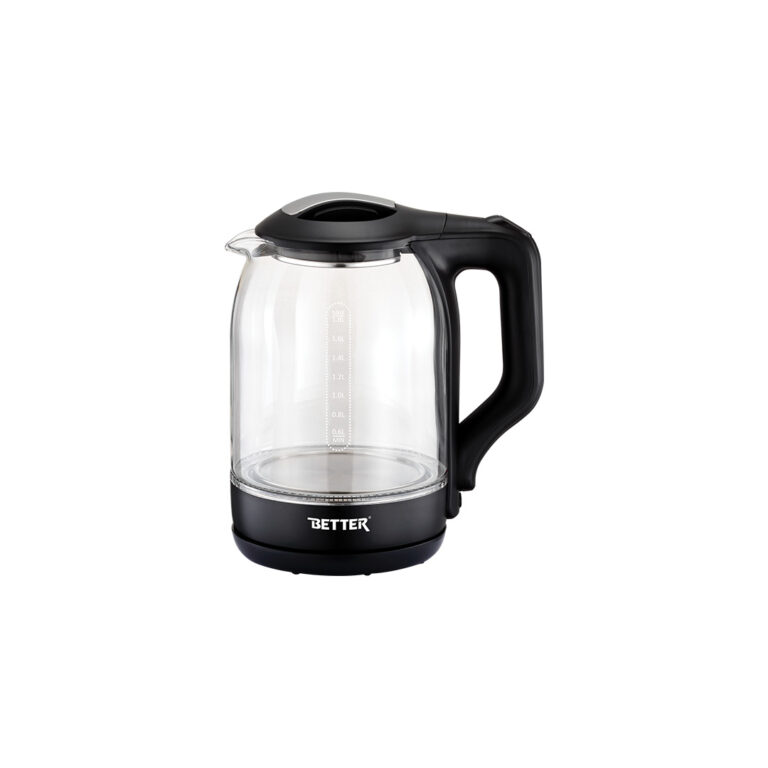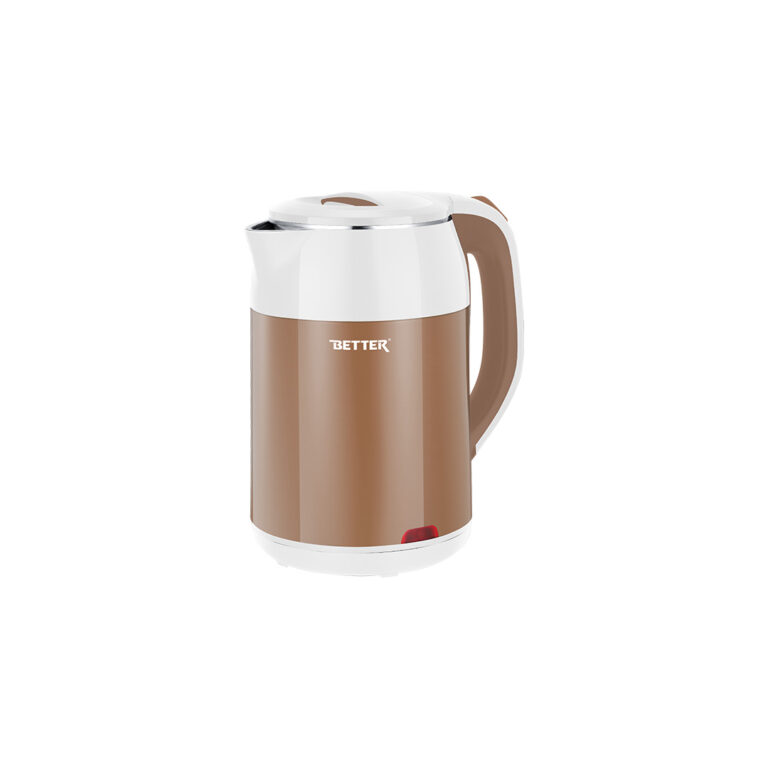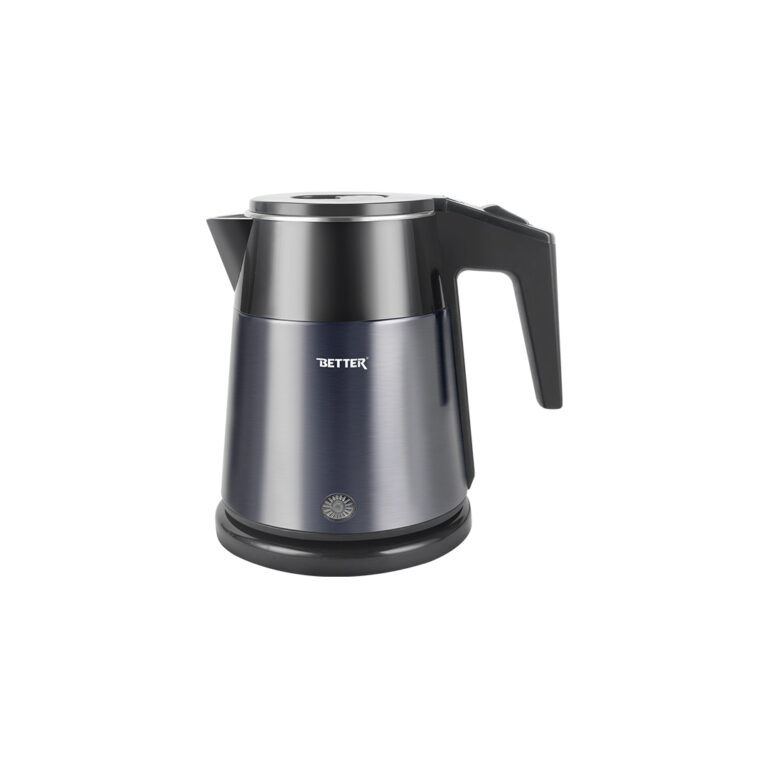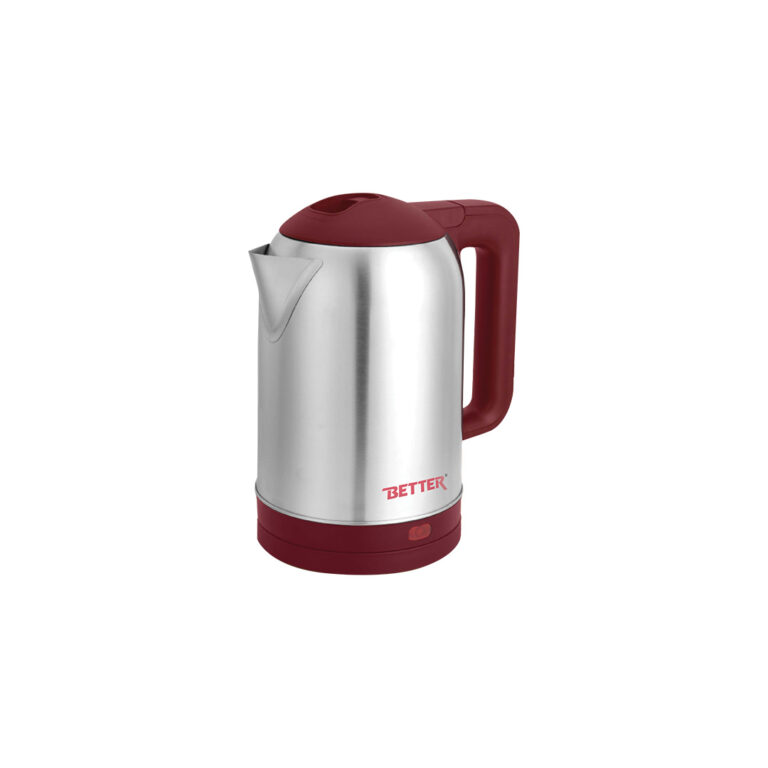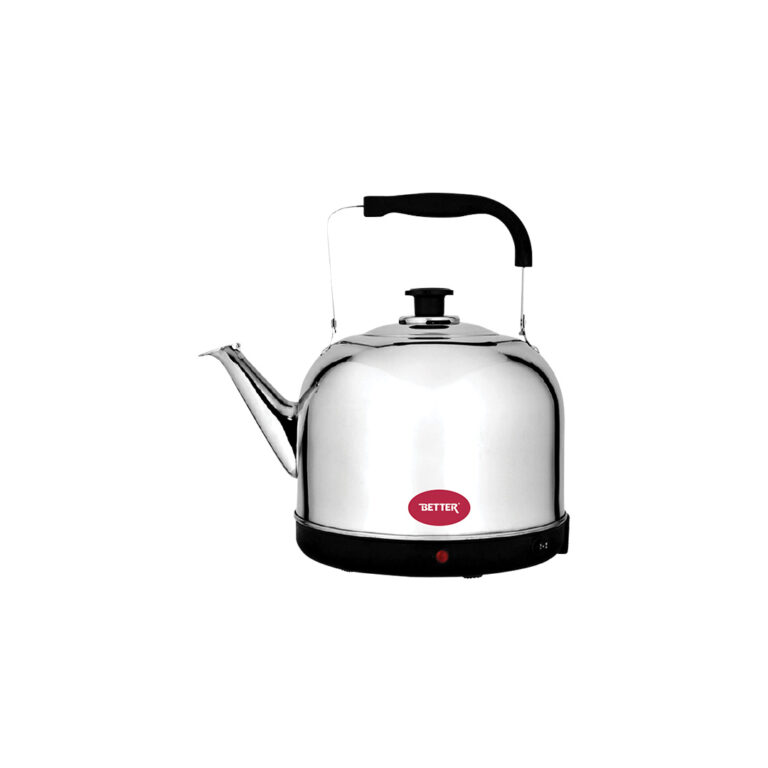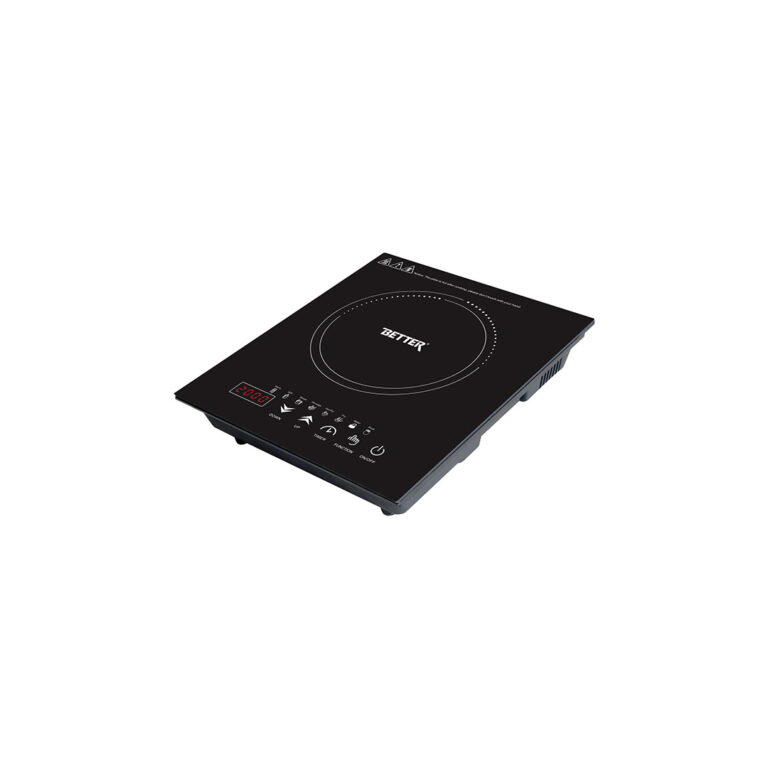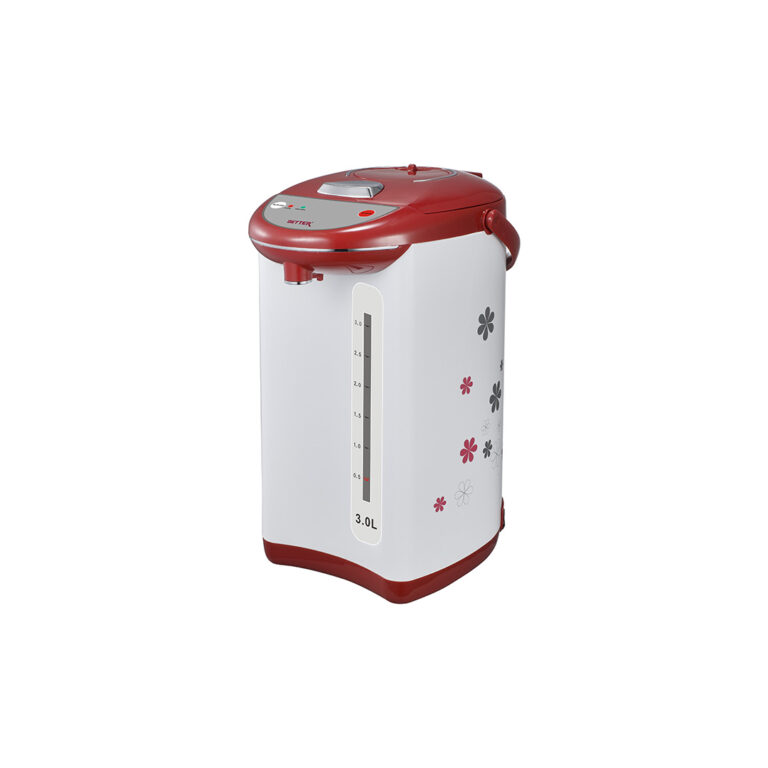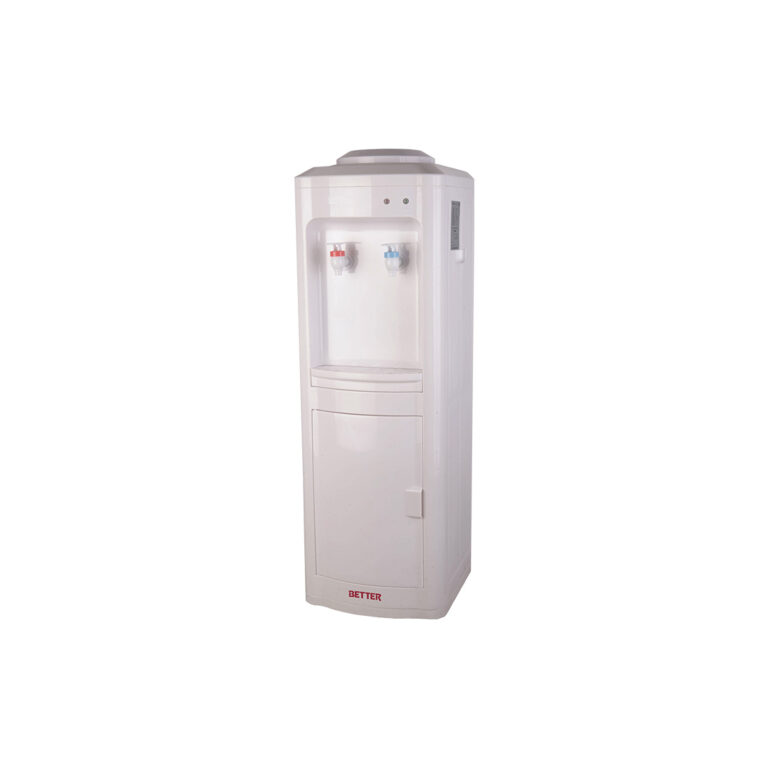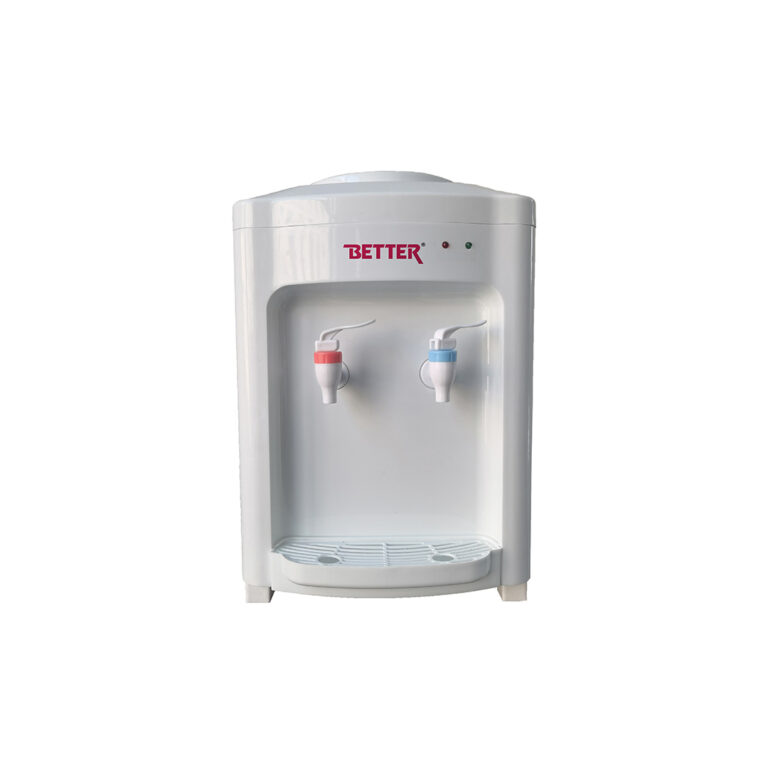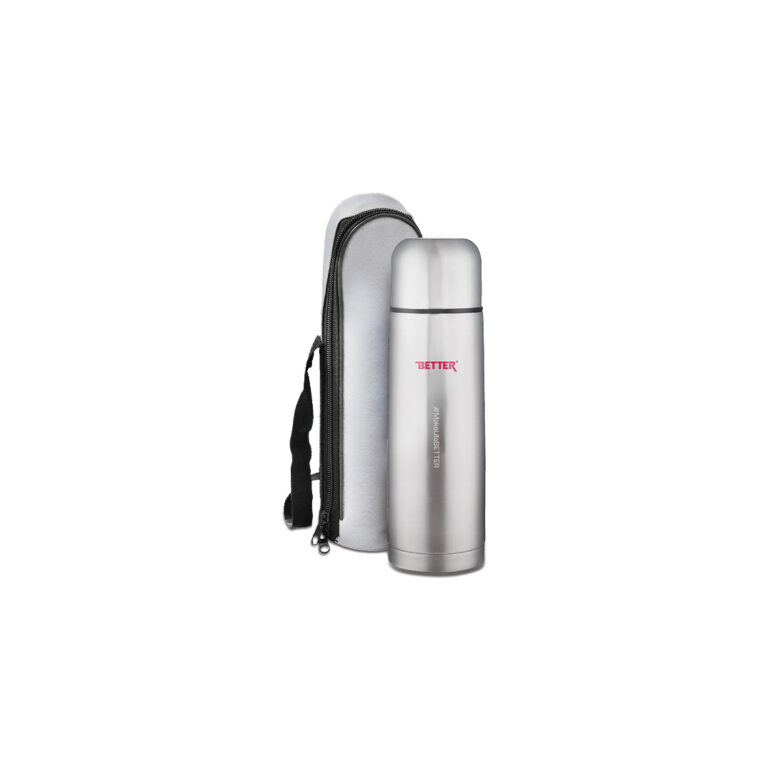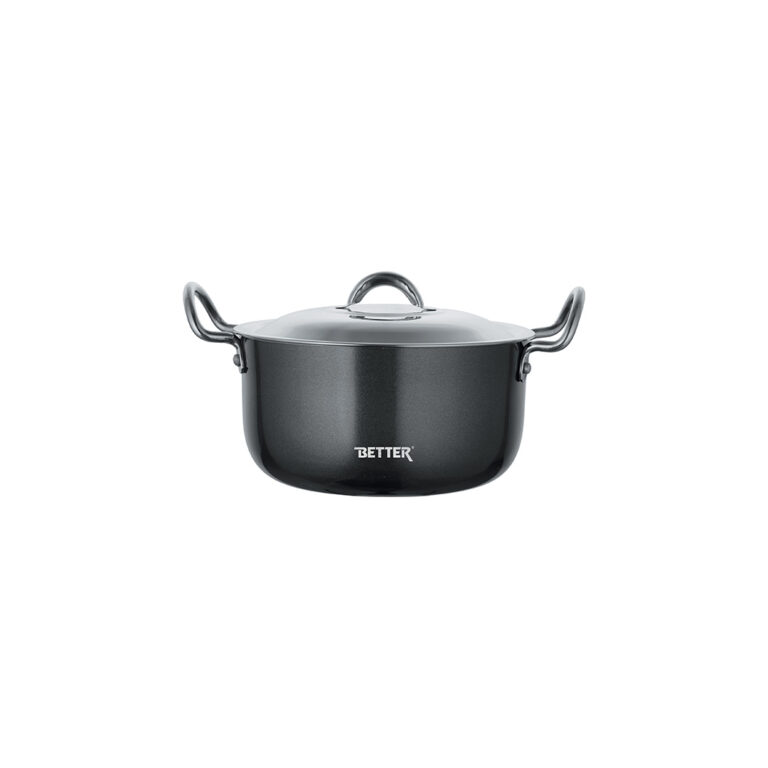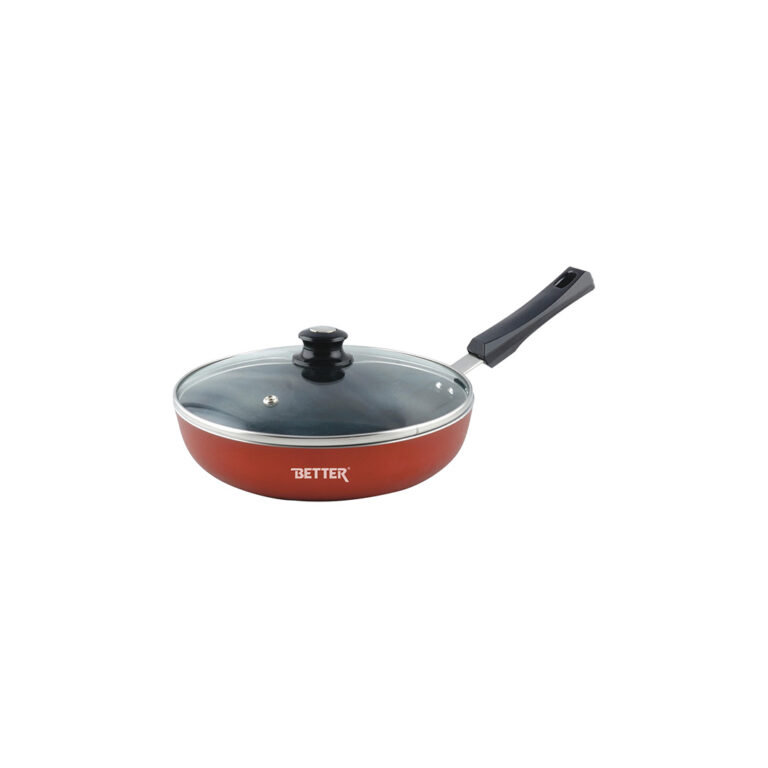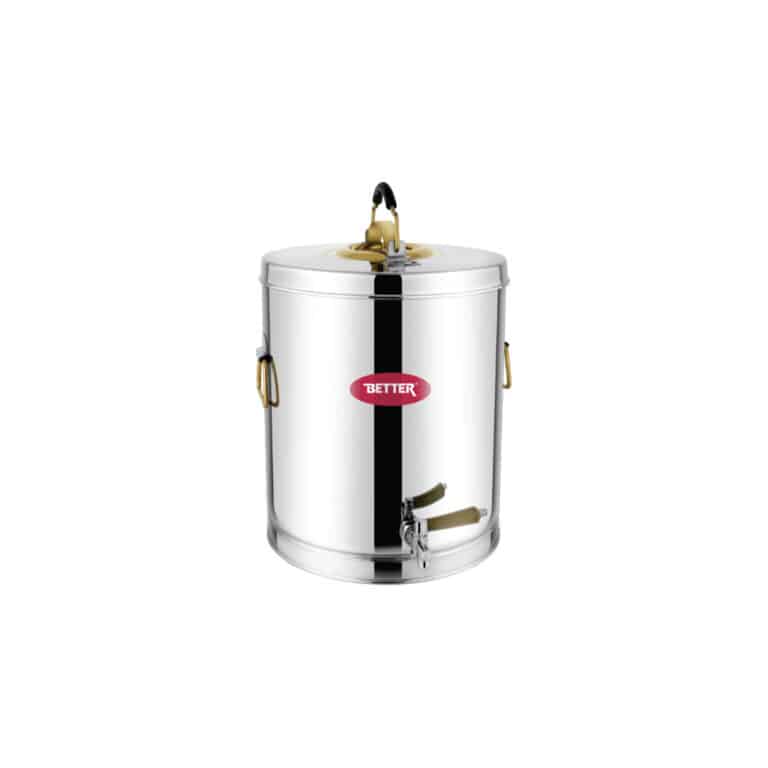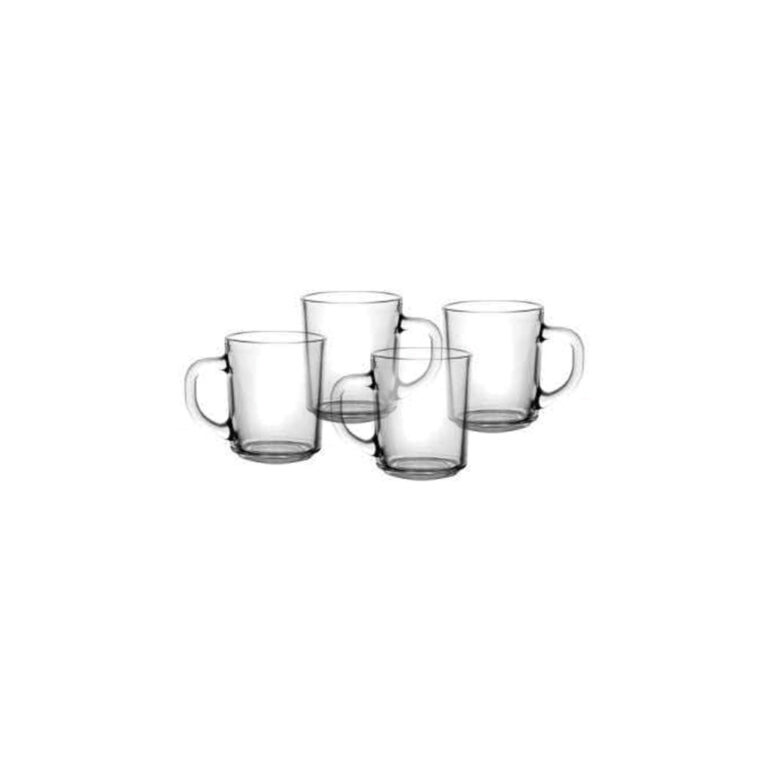

Cooking Essentials: How to Use Non-Stick Pan
February 13, 2024
Share To:
Non-stick pans are cookware in our kitchen that makes cooking various dishes without worrying much about cleaning them. From pizza to pancakes a non-stick pan makes it possible for you to cook delicacies without worrying about them sticking to the surface.
Despite being present in almost every kitchen, most of us do not know how to use non-stick pans in right way. This blog will be particularly about using the non-stick pan properly. So, if you are someone who frequently uses a non-stick pan, then you’ll need to stay till the end.
Understanding Non-Stick Pans: Working and Benefits
Non-stick cookware including non-stick pans has a thin layer of special coating on its surface making it smooth. The coated layer prevents food from sticking to the surface of the pan.
Besides the primary non-stick feature that prevents food from sticking on the surface, there are other several benefits of non-stick pans. Following are some of the benefits of using non-stick pans:
Reduced oil usage: Non-stick pans require less oil or fat while cooking. The non-stick coating prevents foods from sticking on the surface. The low usage of oil helps in the reduction of calorie intake and promotes healthier cooking.
Easy Cleanup: Food does not stick while cooking on the surface of a non-stick pan, so its easier to clean.
Versatility: When it comes to versatility, non-stick cookware including pans are suitable for cooking a wide variety of foods. From eggs, pancakes to pizza you can cook several items on the pan.
Evenly Cooking: Non-stick pans are known for their evenly-cooking properties. Heat distribution takes place evenly throughout the surface of the pan making foods to cook evenly and perfectly.
Using Non-Stick Pans: Cooking and Caring
After understanding the working of non-stick pans and its benefits it’s time for us to move ahead into how to use non-stick pans. In this section, we’ll be going through things you need to take care of while cooking in the non-stick pan and for its care and maintenance.
Cooking in a Non-Stick Pan
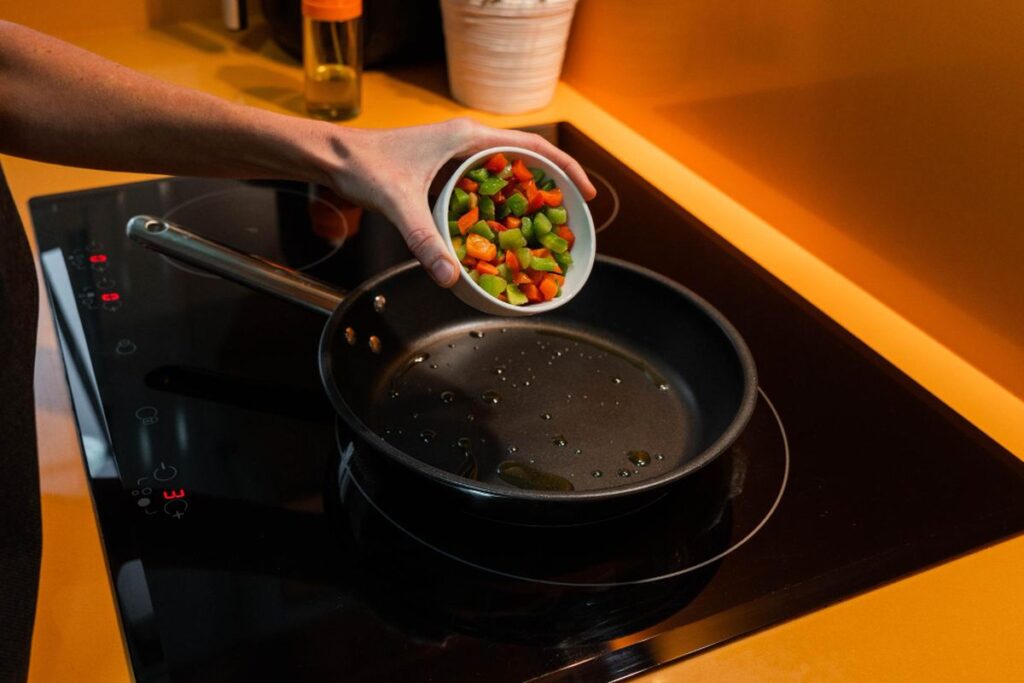
To bring the best out of your non-stick pan and for its longevity, the following are the best practices you should follow while cooking in a non-stick pan.
Use a minimal amount of oil and butter for cooking
As we have discussed earlier, non-stick pans come with a special coating that makes it possible to prepare food without sticking to the surface. Unlike traditional pans, you can prepare food using less amount of oil or butter.
Using excessive oil or butter while cooking food might cause buildup on the surface that may diminish the non-stick properties of the cookware over time.
Avoid high heat and overheating of Pan
Non-stick pans are usually not designed for high-temperature cooking. Exposure to excessive high heat might cause the non-stick coating to deteriorate and also lead to the release of harmful fumes.
Use low and medium heat settings while cooking on a non-stick pan.
Look for utensils other than Metal
When cooking on a non-stick pan use utensils that are not made up of metal. Using metal utensils can cause scratches on the surface ultimately affecting its non-stick feature.
You can go with utensils that are made up of wood as well as silicone to prevent scratching.
Caring a Non-Stick Pan
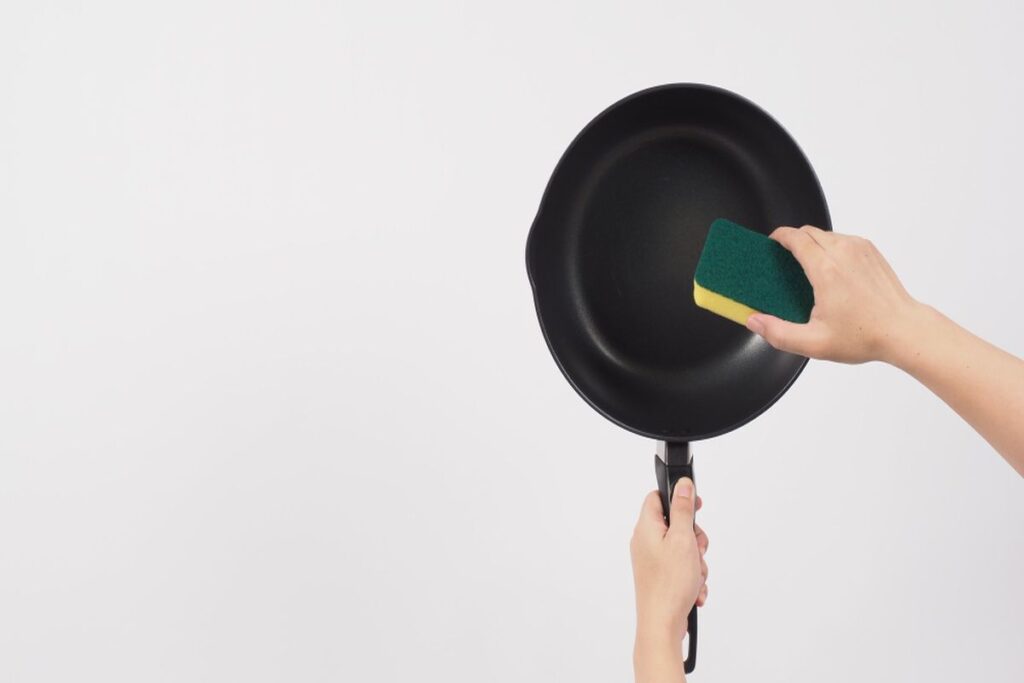
The other thing that plays an important role in the right use of a non-stick pan is their care and maintenance after use. Let’s find out how you can care for one of your most versatile cookware:
Regular Cleaning
Regular and routine cleaning helps with the longer use of non-stick pans. Whether it be cleaning burnt oil from the non-stick pan or other remaining food particles from the surface, regular cleaning helps keep the coating last for an extended period.
The use of non-abrasive cleaning materials such as a sponge or non-abrasive brush helps to clean a non-stick pan without scratching.
Storing
One of the common practices we follow in our kitchen to save space is stacking utensils one over the other. But when it comes to a non-stick pan, stacking other cookware on its surface can lead to scratch or chipping the cooking surface. If there are no other alternatives available other than stacking, you can use a paper towel between the pan and other cookware.
Inspection
A periodic inspection is necessary to find out the signs of wear and tear in the non-stick pan. Any scratches, chips, or flaking on the surface of the pan should be monitored. Regular inspection helps with prevention of any further damage to the pan and in case of significant damage it’s time to replace the pan.
Manufacturer’s Instruction
Different non-stick pans have specific care and maintenance instructions as provided by the manufacturer. Following manufacturers’ guidelines while cooking and cleaning the non-stick pan are essential for the longevity.
Conclusion
There’s no doubt that non-stick pans are one of the most versatile cookware when it comes to cooking as well as cleaning. From pancakes to pizzas you can create a range of dishes in a non-stick pan. Reduced oil usage, easy cleanup, versatility and evenly cooking are some of the advantages of using a non-stick pan.
When it comes to how to use non-stick pan, cooking and cleaning are the most important things. Use of less butter or oil, low or medium levels of heat, and nonmetal utensils are some of the best practices while cooking. On the other hand regular inspection as well as cleaning along with proper storing and following manufacturers’ guidelines are essential for caring and maintenance of the pan.
Investment in quality non-stick pan along with proper care and maintenance can help to use pan for a long period. With non-stick cookware from Better Home Appliances, you no longer need to worry about quality and durability.
























